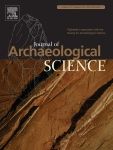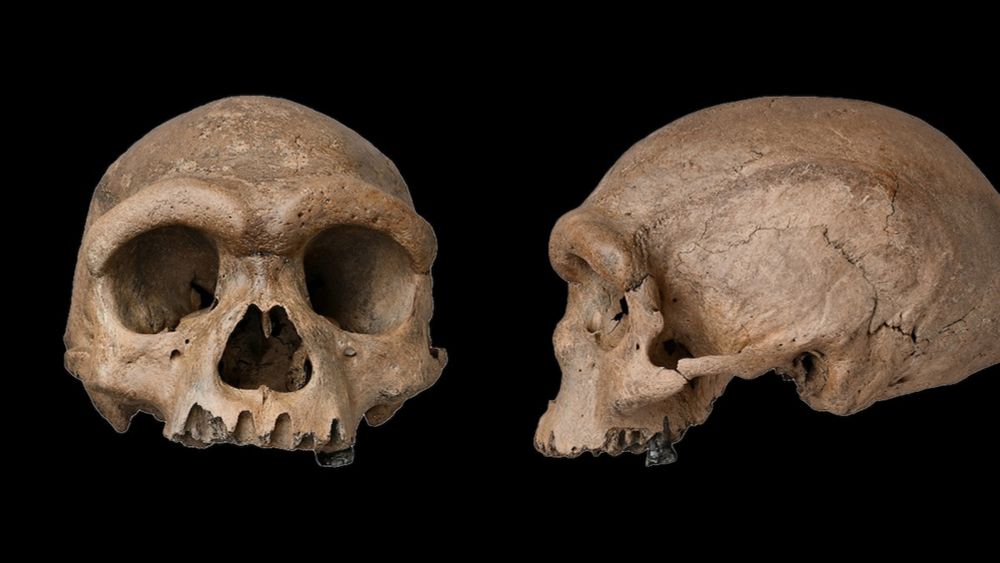Finn Stileman
@finnstileman.bsky.social
110 followers
97 following
19 posts
Archaeologist & PhD candidate @ University of Cambridge
He/him
Posts
Media
Videos
Starter Packs
Reposted by Finn Stileman
Reposted by Finn Stileman
James Clark
@jclark997.bsky.social
· Sep 1

Hominin glacial-stage occupation 712,000 to 424,000 years ago at Fordwich Pit, Old Park (Canterbury, UK) - Nature Ecology & Evolution
The authors report Acheulean hominin occupation of eastern Britain during glacial marine isotope stages 17–16 and again in glacial marine isotope stage 12 via stone tools in sediments dated to 712,000...
www.nature.com
Reposted by Finn Stileman
Reposted by Finn Stileman
Reposted by Finn Stileman
Reposted by Finn Stileman
Tomos Proffitt
@tomosproffitt.bsky.social
· Jun 18

INTERNATIONAL TENDER FOR THE RECRUITMENT OF A POST-DOCTORAL ASSOCIATE RESEARCHER
International tender to recruit one (1) ) post-doctoral initial level researcher to perform duties in the scientific area of Palaeolithic Archaeology or related areas, under the research project “ERC ...
euraxess.ec.europa.eu























